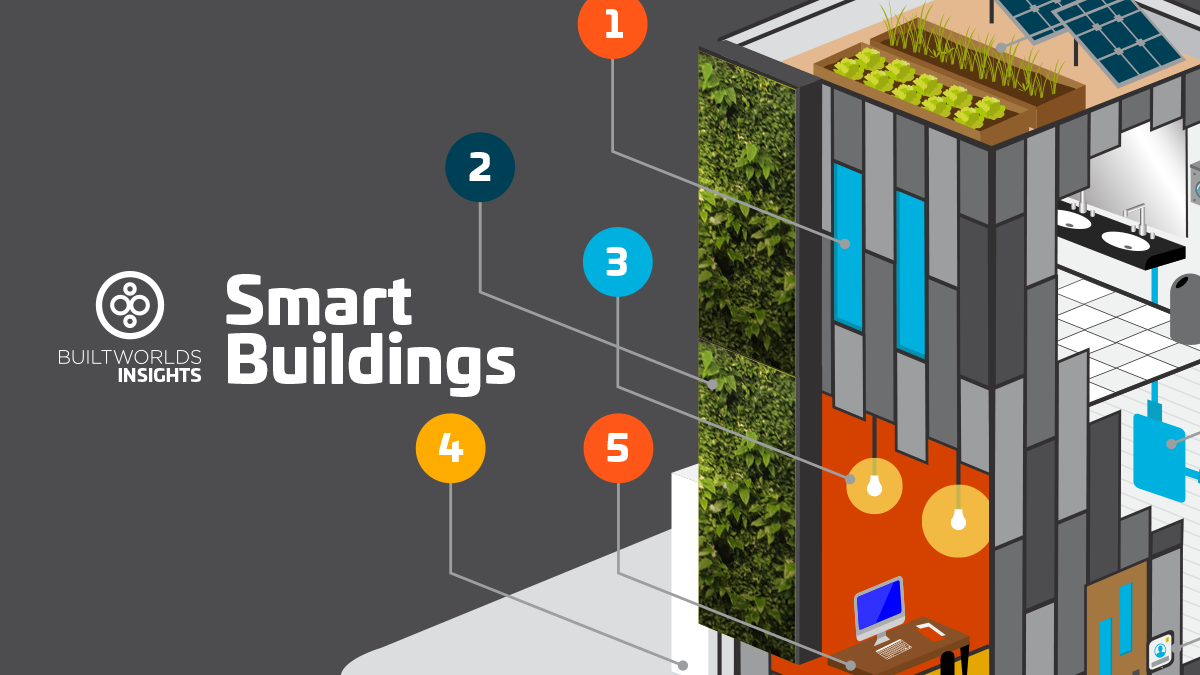The Challenges and Opportunities of
Smart Architecture
A key component of smart architecture is its ability to respond to societal and
environmental changes. This ability requires a more comprehensive definition,
combining social, environmental, and economic values. Ultimately Smart Film Thailand, smart buildings
can reduce energy consumption, increase comfort, and improve welfare. As with any
other design decision, careful consideration must be given to the factors influencing
these decisions. This article will discuss some of the most common challenges and
opportunities for smart architecture. Let’s look at the challenges involved in
designing and constructing smart buildings.

The first step is to create a framework for building and deploying smart
technologies. Currently, there is no universal definition of smart architecture. Smart
architecture smart film pdlc, however, is the first step in making buildings more connected and
intelligent. The architecture of smart buildings serves as a foundation for many of
the principles of IoT. Ultimately, all IoT business cases and applications can be built
from the principles of smart architecture. Listed below are the benefits of smart
buildings for the workplace and a few examples of how they can benefit tenants.
As technology continues to evolve, so must building forms. Smart architecture allows
for easy communication, safety, and convenience. An industry consultant, author,
and Visiting Professor at the Royal College of Art, O’Mahony outlines how the use of
smart technologies can make buildings more sustainable and humane. Smart cities
are becoming the norm, not the exception. With the advancements in technology,
these buildings can be more functional and user-friendly than ever before.
Perkins&Will is at the forefront of data-linked architecture. The firm explores the full
range of digital monitoring and sensoring. In an interview at the company’s
headquarters, Steven Charlton discusses the possibilities for smart districts, how the
technology can improve sustainability, and the public’s willingness to accept these
changes. In addition, he explains that 30 percent of our carbon emissions are tied to
our buildings. As a result, the benefits of smart architecture go far beyond saving
energy.

With a centralized platform, building managers can gather data from different
systems, and can monitor them all from a centralized platform. Smart buildings can
also use sensors to gather data from the environment and identify inefficiencies in
all systems. This is a vital component of smart architecture. By utilizing smart
technology, building managers can take their business to the next level. With this
technology, commercial real estate owners can leverage it to better serve their
customers and reduce operating expenses.
Building smarts rely on correlation and analytics. This type of architecture can
enable the building to respond to changing conditions based on a variety of inputs.
Building smarts are driven by complex event processing, which involves the analysis
and correlation of conditions across system hubs. The current focus on the use of AI
and machine learning technologies is focused on these two elements. Intelligent
buildings can save owners money in the long run, reduce initial capital outlay, and
improve the occupant’s experience.

